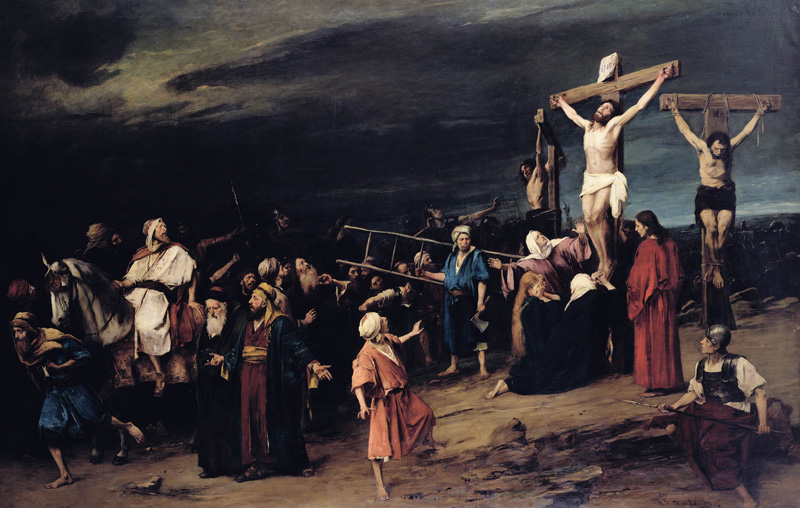
Terrorism attacks. Mass shootings. Deadly floods, droughts, and fires. This is the stuff of nightmares.
Our world, both distantly and intimately, can be terrifying because of threats both known and unknown.
Of course, the reason we are so aware of dangers is that we live in a time of instantaneous communication. News reports arrive across the globe when horrors are happening in real time.
And not only are we given information in real time, we are given an abundance of information from countless sources regarding countless horrors. From freak accidents to pre-meditated shootings, we are exposed to frightening news, again and again.
Added to this exposure, some watch frightening television dramas, apocalyptic movies, “news” shows that detail sensational murders. A subgroup has begun to lose trust in government and media and subscribe to conspiracy theories that cannot be validated except by a group of like-minded people who offer unsubstantiated “evidence” to amplify distrust. Fear then mutates to dangerous paranoia.
Finding ourselves immersed in such an environment, what are we Christians to do?
For some, the answer is to become separated and fortified against outside threats. For others, the answer is to avoid as much disturbing news as possible, focusing instead on happy events. Some become fatalistic, believing that the evil of our time will lead to the world’s demise, and only at judgment are good spared.
However, Christians, by definition, are followers of Christ. And if we pay attention to Christ’s response to evil, we see that none of those responses is reflective of Christ’s behavior.
Jesus lived in a time of history when evil was more prevalent than in our own time, but he didn’t separate himself. He could have stayed in Nazareth, but, exposing himself to risk, he enlisted disciples and become an itinerant teacher.
Jesus didn’t avoid what was disturbing. Indeed, he entered Jerusalem, understanding that doing so placed him in grave danger. He did not sugarcoat or sentimentalize what he would endure. He recognized evil, endured it, and became victorious over it, only after horrific suffering, which he pleaded with God to avoid.
Perhaps most important for our time, Jesus did not project the evil he witnessed and experienced on those people already outcast, scapegoated, and oppressed. Jesus chose the lepers, the Samaritans, the pagans, the tax collectors and the prostitutes to reveal God’s abundant mercy and love. He aligned himself with the powerless, not the powerful. He forgave those crucifying him.
If we want to know how to respond to the evil of our time, and to the fear and anxiety this evil stirs in us, we have the perfect model in Jesus Christ.
We acknowledge the existence of the evil and the suffering it generates. We enter into that suffering by responding with compassion and aid, even — especially — to those who are ostracized, scapegoated, and oppressed. We offer mercy to even the most brutal.
Jesus showed us the way. When we take up the cross, he gives us the courage to face our fears and follow him.
